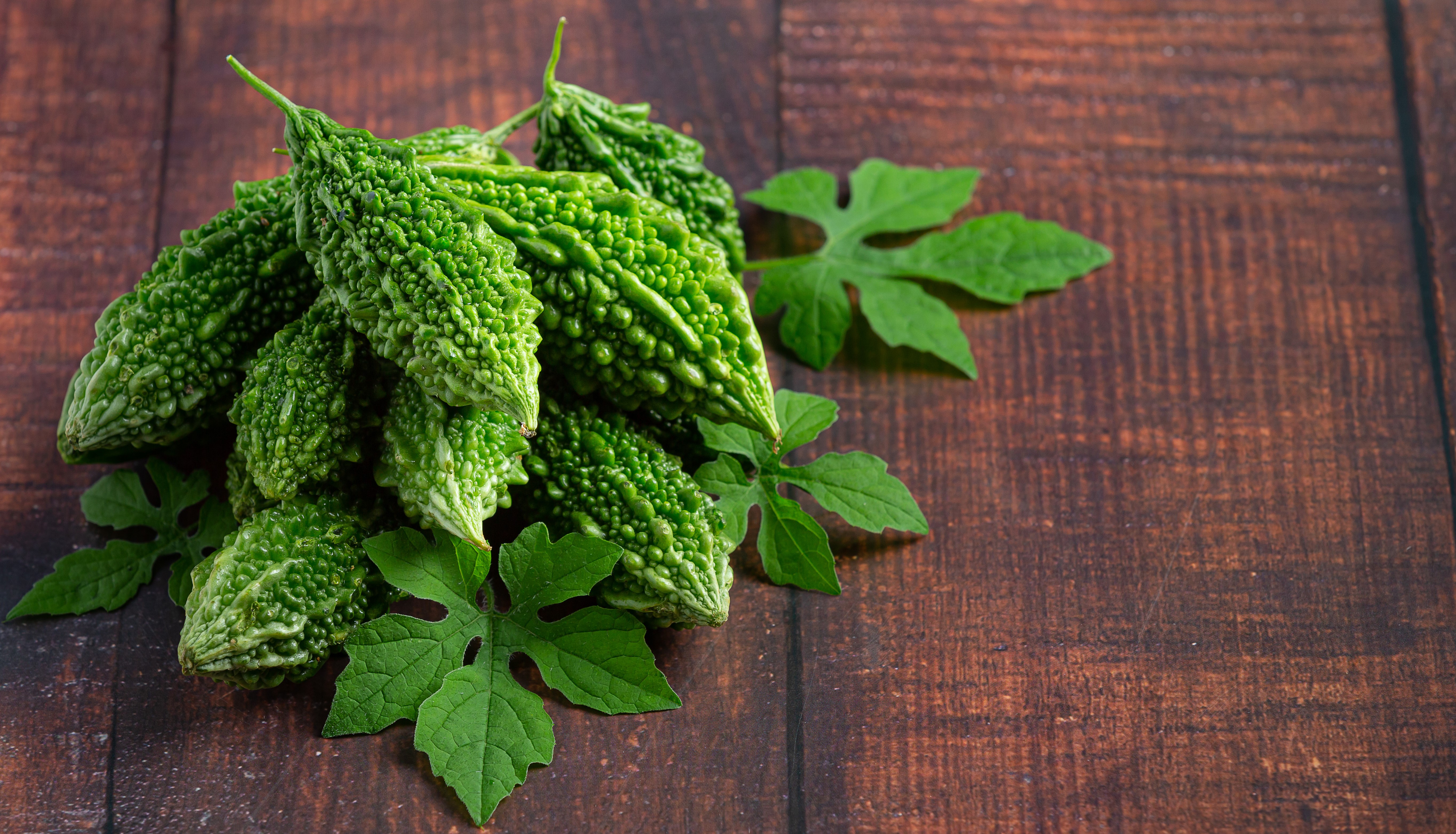Ayurveda literally means “Science of life”. Life as we know it, depends on both living and non living objects around it greatly. Our environment has a significant impact on our body rhythms. Events like sunrise, sunset, rainy weather, cloudy day influence the reactions taking place in the body. The weather not only affects health of animals but also brings about many changes in the environment physically, chemically and biochemically. This series of interactions is exactly why we need to avoid eating freshly harvested fruits and vegetables during monsoon.
In varsha rtucharya of Ashtanga Hrdaya, the word Amla Vipaka is used for describing polluted state of water. And as water is also present in all freshly harvested food items, they also tend to get polluted. How do we understand this Malinata or pollution here?
In varsha rtu, the sky is covered with moisture laden clouds. The constant friction between the heavy clouds creates an electric potential between the clouds and the ground below. The clouds are electron rich and attain a negative charge and the ground acquires a positive charge at the top layer of the soil where all the crops grow. This increases the positive ion concentration even in the plants growing in the region at that time. Positive ions are acidic in nature and thus the surface water and the plants growing tend to become acidic. This explains the amla Vipaka or malinata of the water which will also bring about the same change in our body.
Hence Acharyas have advised to consume संशुष्क भोजन or well dried food. Grains which are harvested the previous year are best consumed in the season as they have been stored for over a year and are devoid of moisture and have become laghu due to kala. As grains are devoid of moisture, they cannot ionise and become acidic and their total charge will remain neutral. This is the main reason well cooked grains have to be consumed with a sweet or sour flavour to avoid Vata prakopa in Varsha rtu and also to avoid amla Vipaka which would exponentially increase pitta over time.



